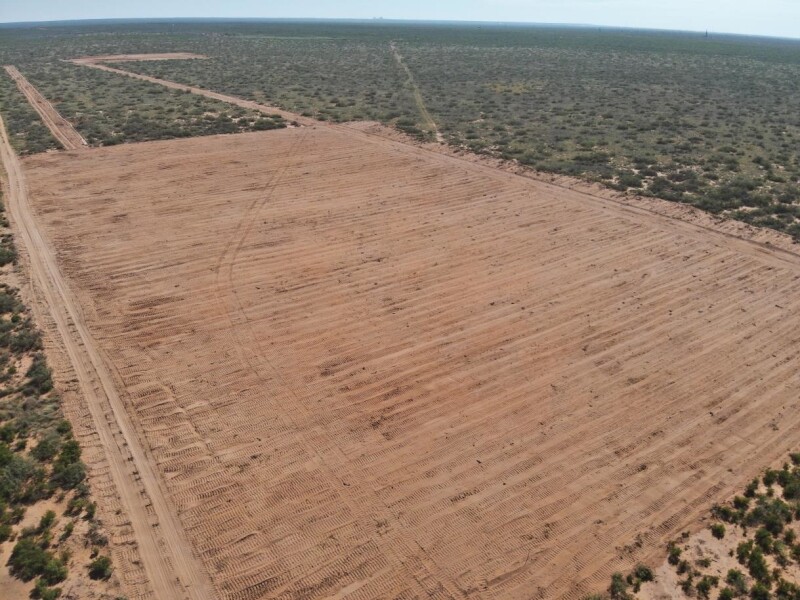US independent Occidental Petroleum (Oxy) has plans for a big spending jump in its low-carbon projects even as it announced a delay in its first direct air capture (DAC) plant in Texas.
Just how much more it will spend depends on whether others are willing to share the risks of trying to make a business out of carbon removal.
Oxy said during its latest earnings call this week that it would increase total year-over-year spending by more than a third to $6.2 billion. Some of the increased spending is due to the impact of cost inflation, which the company said is averaging at around 15%.
But the annual outlay also includes a doubling in low-carbon project spend as compared with 2022. That sum will be at least $200 million but possibly as much as $600 million if the Houston-based oil and gas producer cannot find willing investment partners for new DAC projects.
The new spending plan comes as Oxy faces delays at its first big DAC project in the Permian Basin where it had hoped to begin pulling up to 500,000 mtpa of CO2 out of the atmosphere by 2024. Instead, the company told investors that the first DAC plant will be ready for commercial operations no sooner than mid-2025.
Vicki Hollub, CEO of Oxy, acknowledged the delay and said it was the result of the supply chain environment, construction, and the use of new technologies. Hollub also shrugged off concerns that the delay marks the beginning of a bigger trend.
"We don't expect delays in the other DACs," she said, adding that, "We expect that since those are further out, we'll have more time to prepare and address some of the supply chain challenges that we have today."
When it comes to the wide range in projected spending on low-carbon projects, Hollub indicated that Oxy is still looking for partners that can help burden the costs.
The CEO told investors that meeting the company’s goal of becoming a net-zero emitter will require outside funding at some point, “however, we are prepared to fund our first DAC ourselves if utilizing our capital preserves the most value for our shareholders.”
Oxy’s optimism that it can find partners is underscored by the nearly 400 sq. mi. of land it has leased in Texas and Louisiana to develop up to five separate carbon storage hubs. The company added that it is in the beginning stages of designing a second DAC site in Texas and has plans for up to 50 across the two states.
The company is also counting on newly bolstered incentives in the US to help buoy its carbon capture business. As of last year, the federal payment for a ton of CO2 used in enhanced oil recovery swelled from $35 to $130. Meanwhile, each ton of CO2 captured and permanently sequestered in the US has seen its government payout soar from $50 to $180.
One of the first big pieces of infrastructure for Oxy's hub concept is set to include a pipeline network in Louisiana that the oil company is building with Enterprise Products to connect industrial emitters in the state with a sequestration site.
Oxy also announced that it has achieved zero routine flaring in its US operations several years ahead of the World Bank initiative meant to root out gas flaring by 2030. Hollub called the development a “major achievement” and said that improvements are also being made in its international operations to end routine flaring ahead of the 2030 deadline.
The company highlighted that it has retrofitted or eliminated more than 95% of its methane-bleeding pneumatic control devices in the US since 2020. In the Permian, the company has also started using closed-loop gas- capturing technology that reinjects surplus gas back into wellheads instead of being flared.


